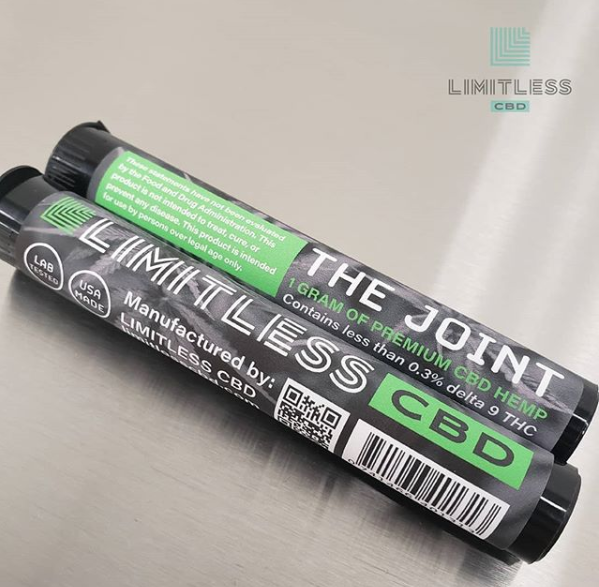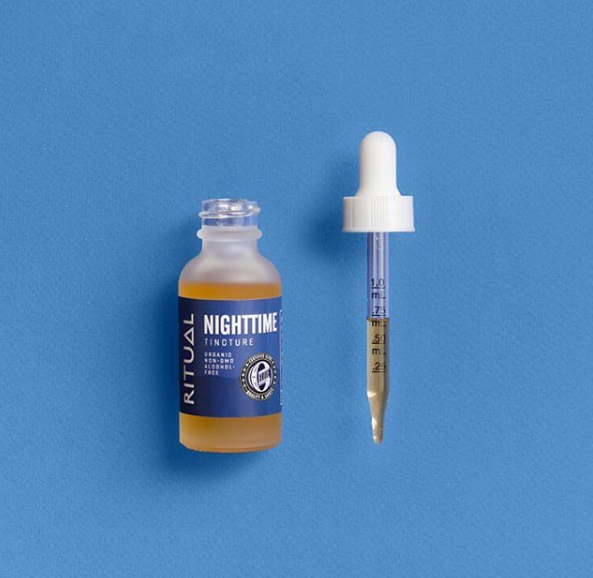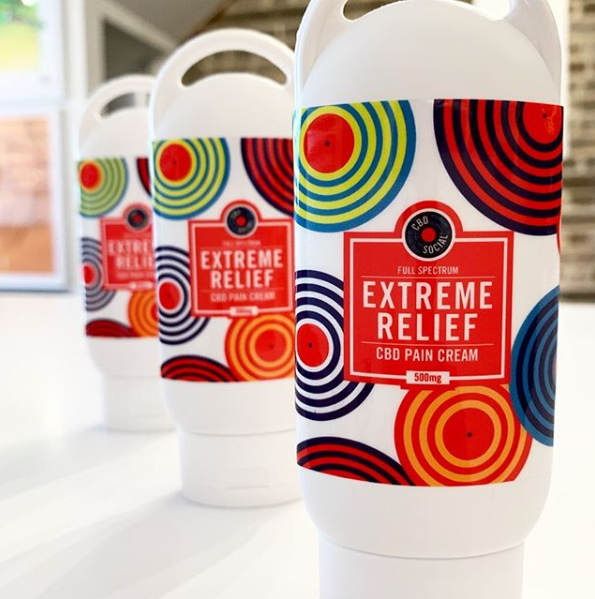Typography Tips: Text and Font Considerations for Product Label Designs
The typography used on a label does more than just provide information – it adds a whole new way to express a style or mood for a product. Of course, the design needs to ensure that text can still provide a clear message as well. Here are some tips to help you nail the typography on your product labels.
Invite the Right Guests to Your Font Family
The fonts you choose play a huge role in conveying a brand’s personality. An elegant serif font is a go-to option for a classy wine label, while a more modern sans serif font is a match for trendy kombucha labels. The choice of which fonts depends on what type of message you want to convey – just be careful not to try to take on too many different personalities.
When it comes to different fonts, there can definitely be too much of a good thing. Too many font styles can lead to a busy message.One way to avoid this is to try and stick with a few fonts from the same font family. This practice will help you create a more cohesive look without the threat of distracting contrasts.
Another method involves pairing simpler, less obtrusive fonts with more stylish ones. A flashy display font is great for product names or other headings, while a sans serif font cleanly presents other important information. Play around with what works and what doesn’t to find a combination that’s perfect for your product without muddling your message.
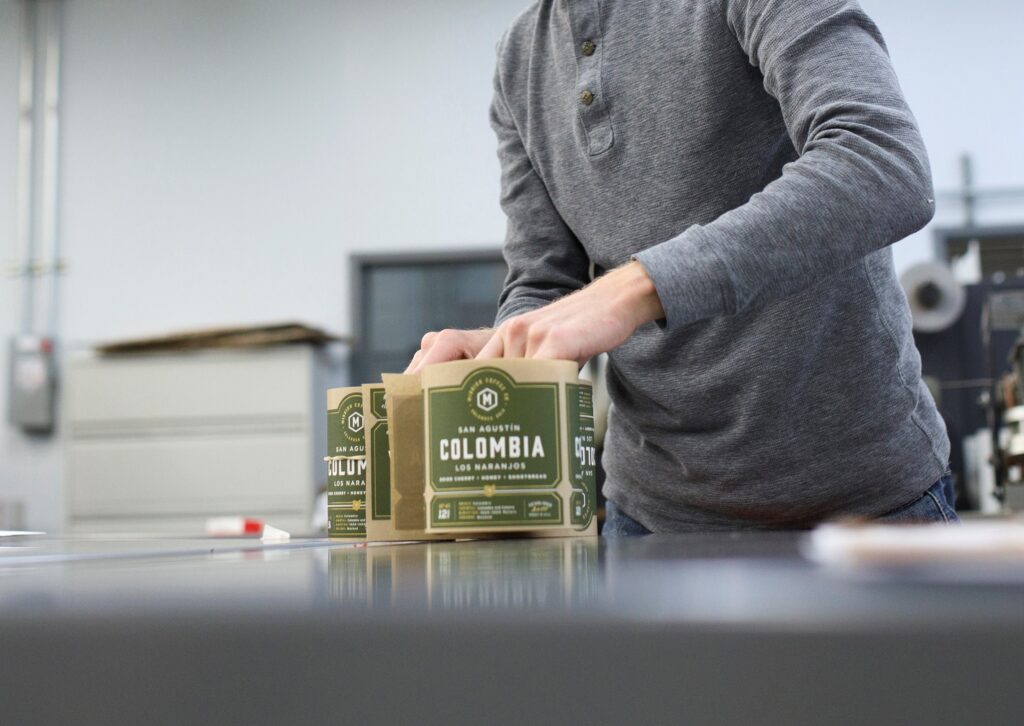
Create a Visual Hierarchy
Let’s face it – people don’t always like to read. That’s an issue when you need your label to tell a story about a product. Fortunately, a good visual text hierarchy will help you establish the right viewing pattern and communicate your story in style.
As with any story, your label will need a beginning, middle, and end. Some words are more important than others, which is why you can vary the weight and placement of certain text to call out information in a specific order. Using the same sizes and fonts for everything will make your customers work to determine what’s important. In a business where you have only seconds to make an impression, nobody has time for that.
Instead, plan out what information deserves a heading, a sub-heading, or regular body copy. Big, bold fonts establish a visual hierarchy of what’s first for your audience. From there, you can vary the design of each line to draw shoppers eyes in a specific order. This process helps you highlight the basics of your product – your brand name and what the product is – for people who like to skim.
Make Sure The Text on Your Label is Legible and Readable
If people can’t read your text, something went wrong in the design process. An illegible design makes it difficult for users to distinguish individual characters, while an unreadable design, well, can’t be easily read. Either issue can be caused by a few different factors.
Size
Finding the right text size is a delicate balancing act. If you go too small, your words may be too tiny for the average consumer. If text is too big, it can overwhelm your design. In general, anything smaller than 5 pt. font is fairly difficult to read. It also doesn’t help that text can be more legible on a computer screen than on a physical print. To find the right balance, try printing out a proof of your design at full size. This will allow you to judge the legibility of your design at various distances and adjust the text size as necessary.
There are also occasions where the font size is partially dictated for you. Required elements like ingredients lists and government warnings for beer labels or other federally regulated products have minimum size requirements to ensure that they’re legible for the general populace. As such, you’ll need to make sure your label abides by these rules to avoid any potential consequences.
Spacing
Like text size, the spacing between your words is a Goldilocks situation. The words shouldn’t be too close or too far from each other, and somewhere in between is just right. As with size, what you see on screen can be misleading.
What may seem fine in a design file may not have enough spacing between characters or leading between lines of text. On the flipside, too much space makes it harder for users to quickly process what’s on your label. In general, looser leading is a good way to improve body copy, but you’ll want to check out a test print to verify how it looks for the average passerby.
Color Contrasts
It’s no surprise that color selection plays a massive role in label design, but it also has a big impact on text legibility. Certain color combinations may look good together, but can create issues for consumers trying to read your text. Dark-on-dark or light-on-light combinations are particularly tricky for just about any text – for fine print, it’s a recipe for disaster.
The solution? Aim to use contrast colors for text and background. Not only will the combination make it easier to read the words, the disparity between the two colors will help make your messages pop for passing consumers.
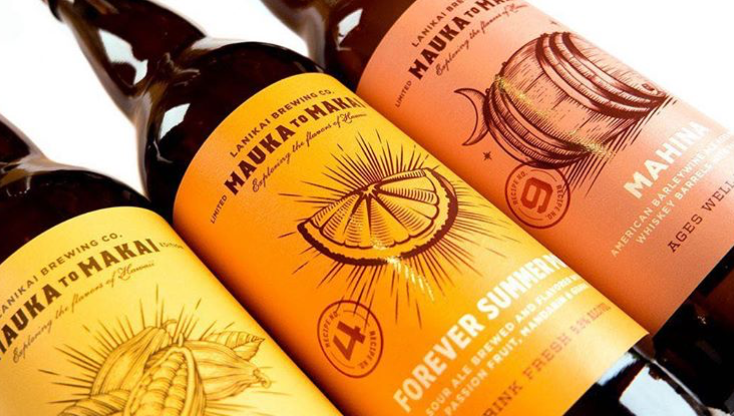
Make Your Label Designs Shine with the Right Label Printing Company
Once you’ve spent plenty of time designing your product label – or having someone else do this for you – you still need a label printing company that will help you get the most out of your design.
At Blue Label, we guide you through the printing process to help you invest in the right materials and printing capabilities for your design and performance needs. We’ll also work with you to make sure that your design is ready, which includes checking that your types and fonts are converted to outlines for a successful print.
Ready to work with a label printing company with unmatched quality and service? Contact us today about your next label project.
